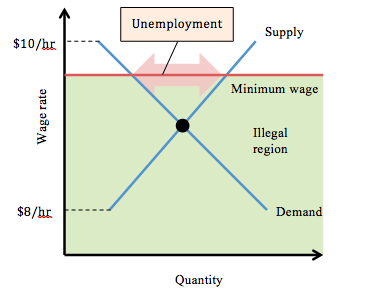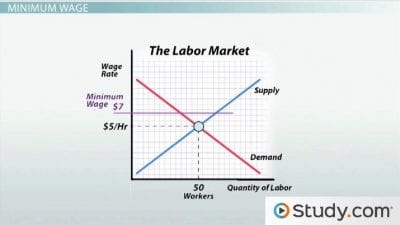Wind energy refers to the process of creating electricity using the wind, or air flows that occur naturally in the earth’s atmosphere. Wind turbines are used to capture kinetic energy from the wind and generate electricity.
Wind energy projects have created many economic benefits to the U.S.. The projects have created jobs, created a new source of revenue for farmers and ranchers in the form of land lease payments, and increased local tax base. Wind energy can also lower electricity bills for those who neighbor the wind turbines.
In terms of employment, wind energy projects create new jobs in rural communities in manufacturing, transportation, and project construction. At the end of 2016, the U.S. wind energy industry accounted for 101,000 full-time jobs.
The US Department of Energy projects that we’ll have 404 gigawatts of wind energy capacity across the country by 2050, up from 89 gigawatts today. Because the overall electricity demand is projected to remain consistent, wind energy would soon help provide one-third of the country’s needs.
Currently, the major incentive to invest in wind is the renewable portfolio standard, which mandates a minimum amount of electricity to come from renewable resources. Another incentive is the federal production tax credit, which benefits wind energy installations across the entire country. Overall, wind energy is one of the fastest growing forms of electricity generation in the United States, with the largest share renewable electricity generating capacity in the country.










